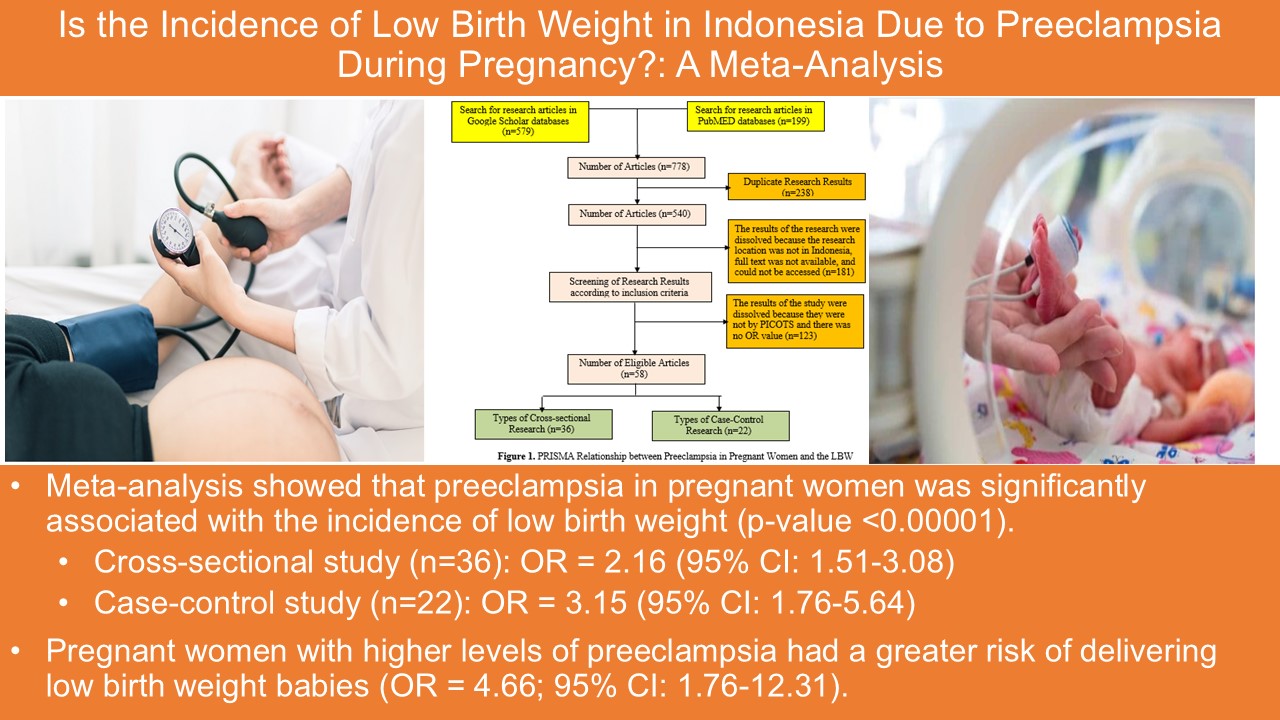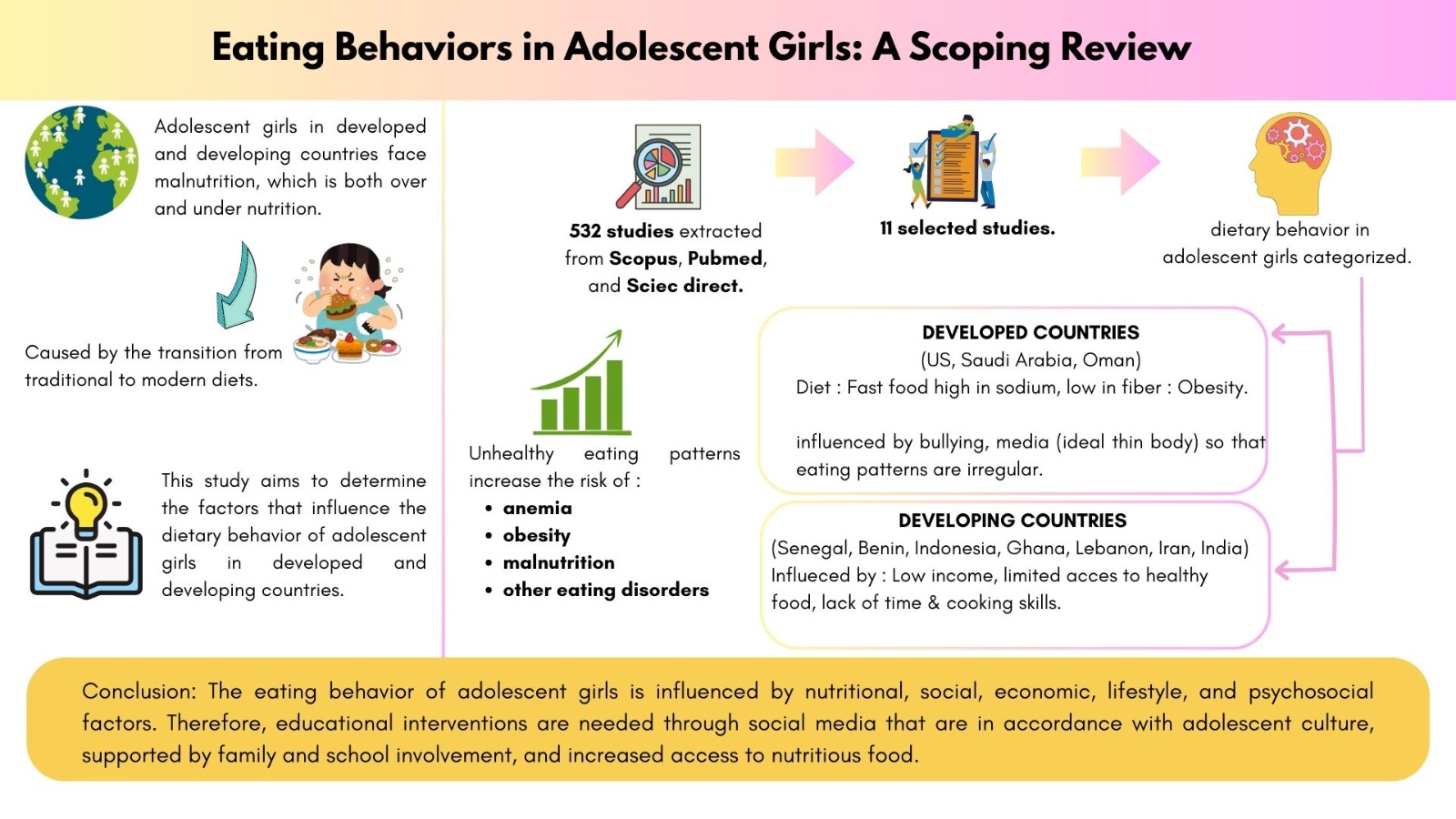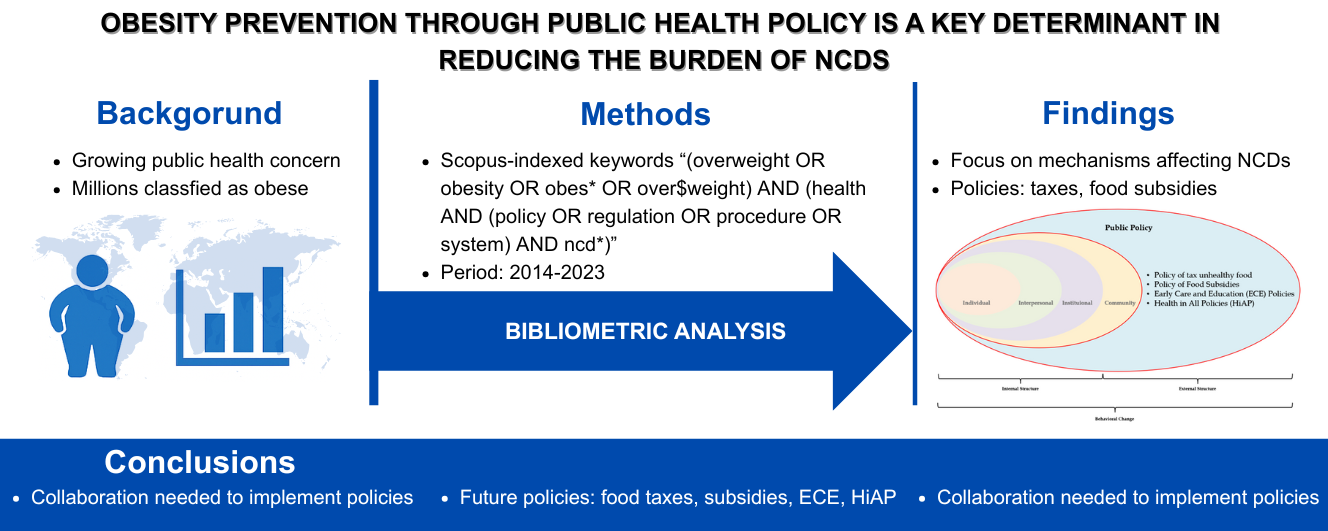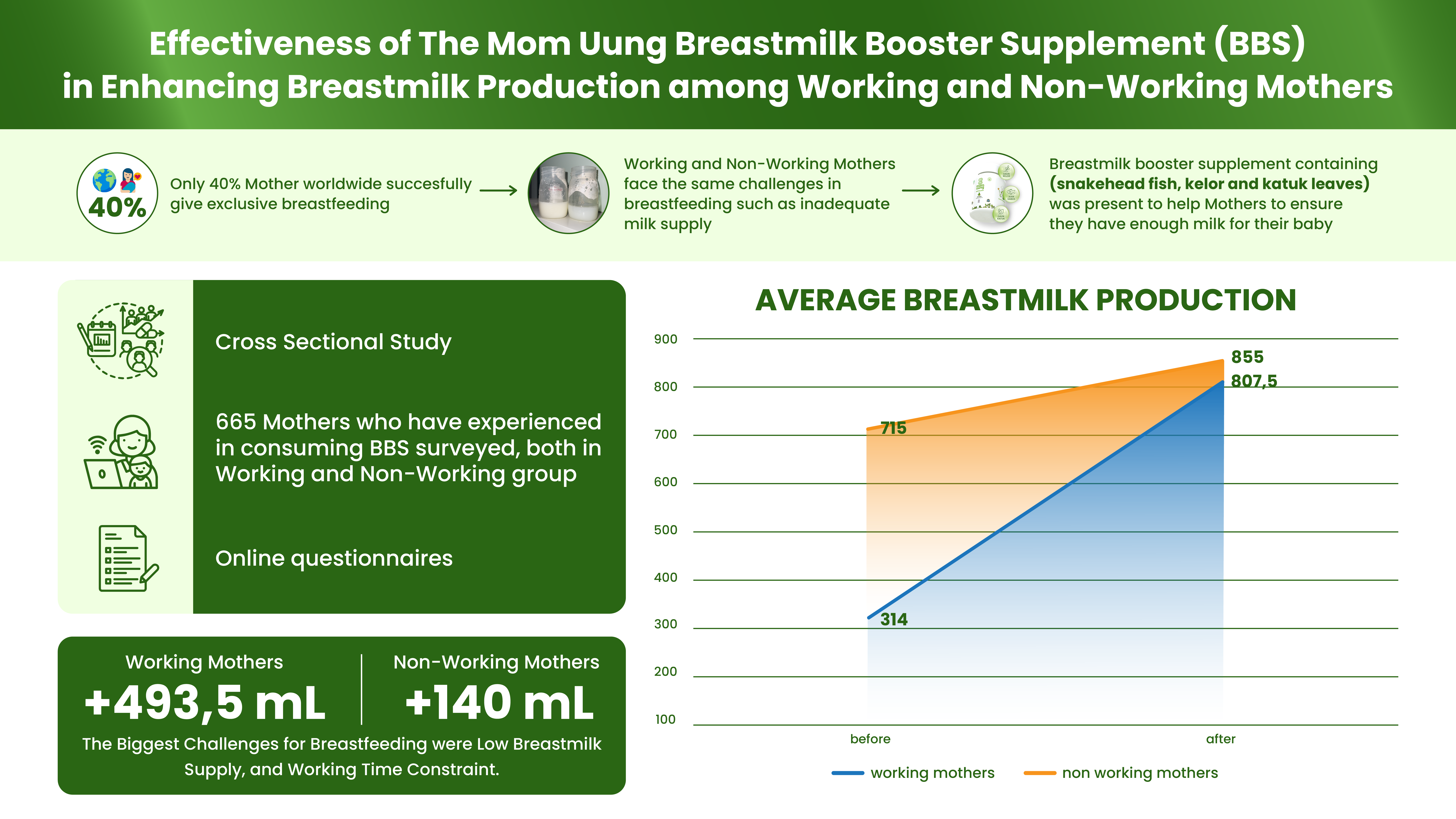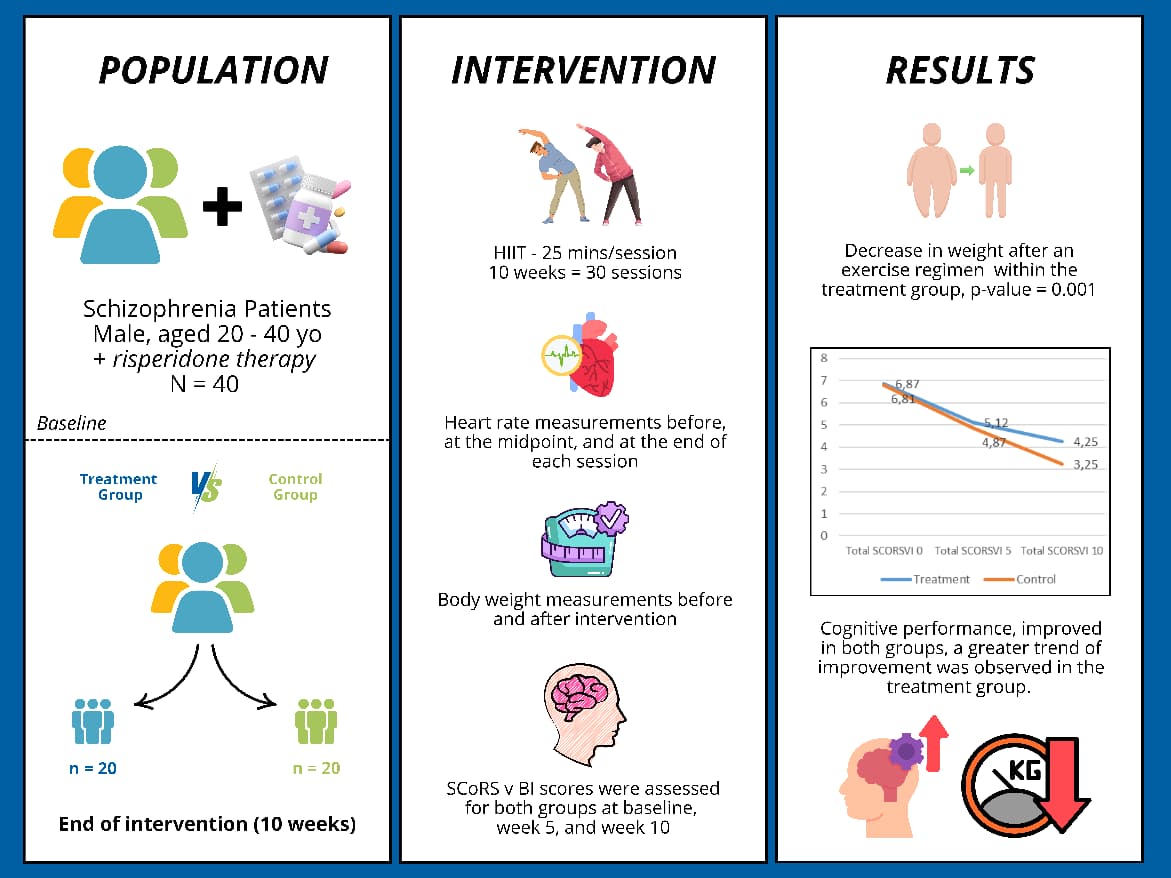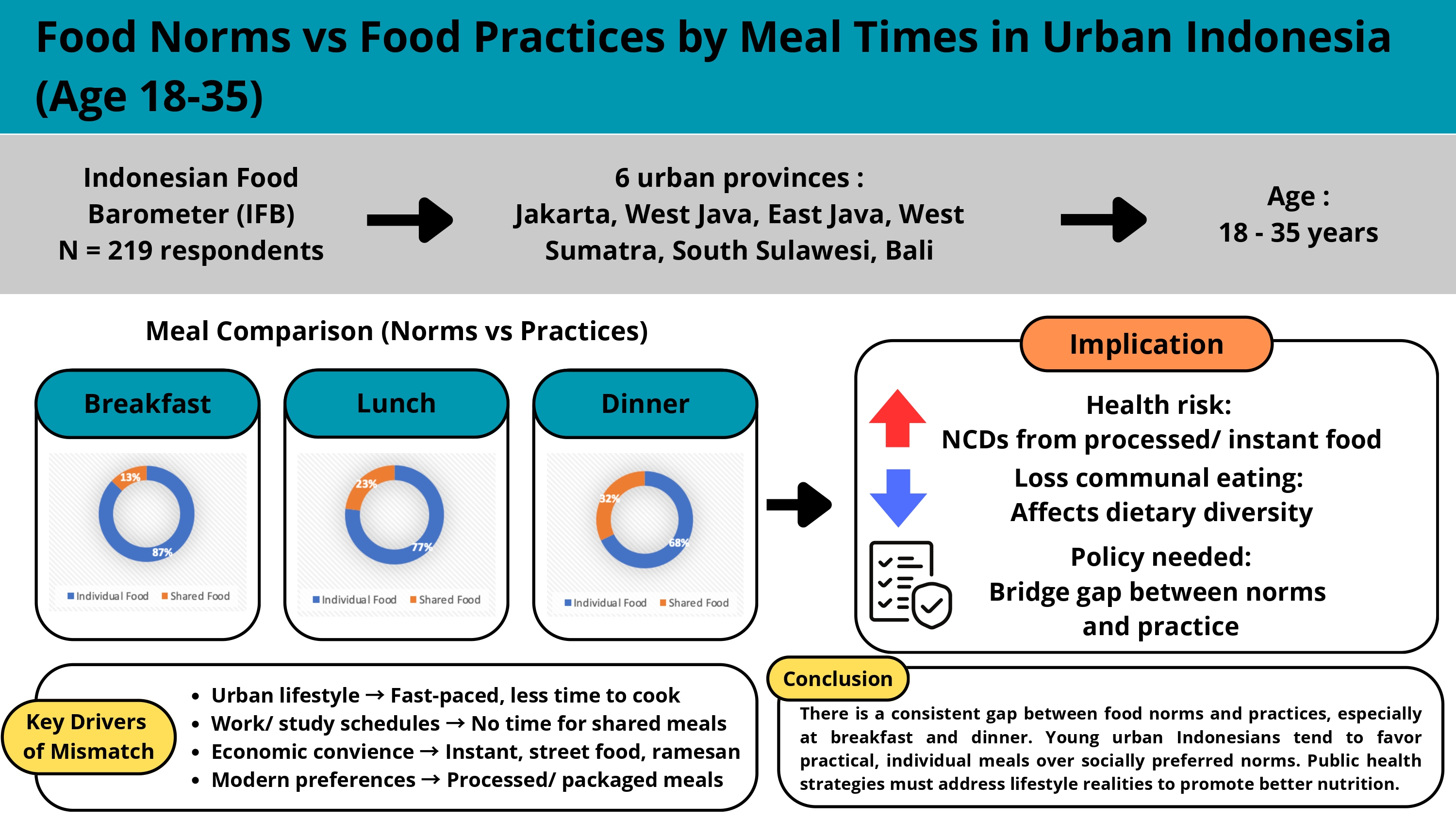The Psychological Determinants toward The Value of Healthy Food among Type 2 Diabetes Mellitus Consumers
Downloads
Adults and middle-aged food consumers are the most at risk of type 2 diabetes, and these consumers are varied across demographics. While few and fragmented studies are associated with psychological determinants and healthy food value through food choices. Few consumer roles are involved in research for business success. The psychological determinants toward the value of healthy food for type 2 diabetes consumers used consumer behavior and psychological theories of consumer choices. An associative method with purposive sampling was conducted from 165 adults and middle-aged consumers with type 2 diabetes using Structural Equation Modeling/SEM. The finding showed that the belief, attitude, and mood affected the value of healthy food through food choice, but not psychological distress. The attitude had the greatest effect on food choice and toward the value of healthy food, and the causal of the highest result effect of life experiences. The belief was directly affected food choice and value, and the causal for the highest effect of self-consciousness and health maintenance. The mood negatively affected both food choice and value of healthy food mood and the causal for the smallest effect of health maintenance. The food choice affected the values of healthy food. Life experience was the most direct and indirect effect of food choice and self-consciousness was the most direct effect of the value of healthy food. Some highlights of this study were (i)market segmentation and segmentation variable; (ii)social marketing; (iii)mass media campaign by considering attitude, belief, and mood; and (iv)human capital management strategy with targeted audiences.
Abdul, M. B. K., Hashim, M. J., King, J. K., Govender, R. D., Mustafa, H., & Kaabi, J. Al. (2020). Epidemiology of Type 2 Diabetes – Global Burden of Disease and Forecasted Trends. Journal of Epidemiology and Global Health, 10(1), 107–111. https://doi.org/https://doi.org/10.2991/jegh.k.191028.001
Adu, M. D., Malabu, U. H., Malau-Aduli, A. E. O., & Malau-Aduli, B. S. (2019). Enablers and barriers to effective diabetes self-management: A multi-national investigation. PLoS ONE, 1–22. https://doi.org/https://doi.org/10.1371/journal.pone.0217771
Afroz, A., Ali, L., Karim, M. N., Alramadan, M. J., Alam, K., Magliano, D. J., & Billah, B. (2019). Glycaemic Control for People with Type 2 Diabetes Mellitus in Bangladesh - An urgent need for optimization of management plan. Scientific Reports, 9(1), 1–10. https://doi.org/10.1038/s41598-019-46766-9
Ali, T., Alam, A., & Ali, J. (2018). Factors Affecting Consumers’ Purchase Behaviour for Health and Wellness Food Products in an Emerging Market. Global Business Review. https://doi.org/10.1177/0972150918795368
Amankwah-poku, M., & Amankwah-poku, M. (2020). Wavering Diabetic Diet : " I Break the Diet and Then I Feel Guilty and Then I Don ' t Go Back to It , In Case I Feel Guilty Again ”. SAGE Open, 10(1), 1–13. https://doi.org/10.1177/2158244020914577
American-Diabetes-Association. (2019). Facilitating Behavior Change and Well-being to Improve Health Outcomes: Standards of Medical Care in Diabetes—2020. Diabetes Care, 43(Supplement_1), 548565. https://doi.org/10.2337/dc20-S005
Ameyaw, K. D., & Ameyaw, K. K. (2020). Research Topic: The realities of religious coping experiences of patients with diabetes mellitus: Implications for policy formulation in Ghana. International Journal of Africa Nursing Sciences, 13, 1–6. https://doi.org/10.1016/j.ijans.2020.100245
Arifin, B., Asselt, A. D. I. Van, Setiawan, D., & Atthobari, J. (2019). Diabetes distress in Indonesian patients with type 2 diabetes : a comparison between primary and tertiary care. BMC Health Services Research, 1, 773. https://doi.org/https://doi.org/10.1186/s12913-019-4515-1
Ashurst, J., van Woerden, I., Dunton, G., Todd, M., Ohri-Vachaspati, P., Swan, P., & Bruening, M. (2018). The Association among Emotions and Food Choices in First-Year College Students Using mobile-Ecological Momentary Assessments. BMC Public Health, 18(1), 573. https://doi.org/10.1186/s12889-018-5447-0
Bartkiene, E., Steibliene, V., Adomaitiene, V., Juodeikiene, G., Cernauskas, D., Lele, V., Klupsaite, D., Zadeike, D., Jarutiene, L., & Guiné, R. P. F. (2019). Factors Affecting Consumer Food Preferences: Food Taste and Depression-Based Evoked Emotional Expressions with the Use of Face Reading Technology. BioMed Research International, 2019, 1–10. https://doi.org/10.1155/2019/2097415
Basiak-RasaÅ‚a, A., RóżaÅ„ska, D., & ZatoÅ„ska, K. (2019). Food groups in dietary prevention of type 2 diabetes. Roczniki Panstwowego Zakladu Higieny, 70(4), 347–357. https://doi.org/10.32394/rpzh.2019.0086
Bemanian, M., Mí¦land, S., Blomhoff, R., Rabben, í…. K., Arnesen, E. K., Skogen, J. C., & Fadnes, L. T. (2021). Emotional Eating in Relation to Worries and Psychological Distress Amid the COVID-19 Pandemic : A Population-Based Survey on Adults in Norway. International Journal of Environmental Research and Public Health, 18(1), 130.
Bertoglia, M. P., Gormaz, J. G., Libuy, M., Sanhueza, D., Gajardo, A., Srur, A., Wallbaum, M., & Erazo, M. (2017). The population impact of obesity, sedentary lifestyle, and tobacco and alcohol consumption on the prevalence of type 2 diabetes: Analysis of a health population survey in Chile, 2010. PLoS ONE, 12(5), 1–11. https://doi.org/10.1371/journal.pone.0178092
Bhat, N. A., Muliyala, K. P., & Kumar, S. C. (2020). Psychological Aspects of Diabetes. EMJ Diabet., 8(1), 90–98. https://doi.org/https://doi.org/10.33590/emjdiabet/20-00174.
Björk, P., & Kauppinen-Räisänen, H. (2017). Interested in eating and drinking? How food affects travel satisfaction and the overall holiday experience. Scandinavian Journal of Hospitality and Tourism, 17(1), 9–26. https://doi.org/10.1080/15022250.2016.1215871
Bradley, D. (2016). Type 2 Diabetes in the Elderly: Challenges in a Unique Patient Population. Journal of Geriatric Medicine and Gerontology, 2(2), 14. https://doi.org/10.23937/2469-5858/1510014
Brounéus, K. (2011). In-depth Interviewing : The process , skill and ethics of interviews in peace research. In K. Höglund & M. Öberg (Eds.), Understanding Peace Research: Methods and Challenges (Issue May, p. 240). Routledge.
Cardoso, A. P., Ferreira, V., Leal, M., Ferreira, M., Campos, S., Guiné, & F., R. P. (2020). Perceptions about Healthy Eating and Emotional Factors Conditioning Eating Behaviour: A Study Involving Portugal, Brazil and Argentina. Foods, 9(1236), 1–14. https://doi.org/10.3390/foods9091236
Caron, N., Peyrot, N., Caderby, T., Verkindt, C., & Dalleau, G. (2016). Energy Expenditure in People with Diabetes Mellitus: A Review . In Frontiers in Nutrition (Vol. 3). https://www.frontiersin.org/article/10.3389/fnut.2016.00056
Castres, P. (2015). Informed food choices for healthier consumers. In The European Consumer Organisation (Vol. 32, Issue 9505781573). http://www.beuc.eu/publications/beuc-x-2015-008_pca_beuc_position_paper_on_nutrition.pdf
Chen, P. J., & Antonelli, M. (2020). Conceptual models of food choice: influential factors related to foods, individual differences, and society. Foods, 9(12), 1–21. https://doi.org/10.3390/foods9121898
Cheng, Y. J., Kanaya, A. M., Araneta, M. R. G., Saydah, S. H., Kahn, H. S., Gregg, E. W., Fujimoto, W. Y., & Imperatore, G. (2019). Prevalence of Diabetes by Race and Ethnicity in the United States, 2011-2016. JAMA - Journal of the American Medical Association, 322(24), 2389–2398. https://doi.org/10.1001/jama.2019.19365
Cong, L. C., Olsen, S. O., & Tuu, H. H. (2013). The roles of ambivalence, preference conflict and family identity: A study of food choice among Vietnamese consumers. Food Quality and Preference, 28(1), 92–100. https://doi.org/10.1016/j.foodqual.2012.08.015
Darwish, L., Beroncal, E., Sison, M. V., & Swardfager, W. (2018). Depression in people with type 2 diabetes: current perspectives. Diabetes Metab Syndr Obes., 11, 333–343. https://doi.org/10.2147/DMSO.S106797
Du, Y., Yang, Y., Wang, X., Xie, C., Liu, C., Hu, W., & Li, Y. (2021). A Positive Role of Negative Mood on Creativity: The Opportunity in the Crisis of the COVID-19 Epidemic. Frontiers in Psychology, 11, 3853. https://doi.org/https://doi.org/10.3389/fpsyg.2020.600837
El Ansari, W., Adetunji, H., & Oskrochi, R. (2014). Food and mental health: Relationship between food and perceived stress and depressive symptoms among university students in the United Kingdom. Central European Journal of Public Health. https://doi.org/10.21101/cejph.a3941
Faerch, K., Hulmán, A., & Solomon, T. P. J. (2016). Heterogeneity of Pre-diabetes and Type 2 Diabetes: Implications for Prediction, Prevention and Treatment Responsiveness. Curr Diabetes Rev., 12(1), 30–41. https://doi.org/10.2174/1573399811666150416122903
Fanzo, J., Drewnowski, A., Blumberg, J., Miller, G., & Kraemer, K. (2020). Nutrients , Foods , Diets , People : Promoting Healthy Eating. Current Developments in Nutrition, 4(6), 1–11. https://doi.org/10.1093/cdn/nzaa069
Farhud, D. D. (2015). Impact of lifestyle on health. Iranian Journal of Public Health, 44(11), 1442–1444. https://www.ncbi.nlm.nih.gov/pmc/articles/PMC4703222/
Fonseca, A. L., Koyama, J., & Butler, E. A. (2018). The Role of Family of Origin in Current Lifestyle Choices: A Qualitative Secondary Data Analysis of Interracial and Same-Race Couples. Family and Community Health, 41(3), 146–158. https://doi.org/10.1097/FCH.0000000000000188
Fuentes-Blasco, M., Moliner-Velázquez, B., & Gil-Saura, I. (2014). Effect of customer heterogeneity on the relationship satisfaction–loyalty. Revista Española de Investigación de Marketing ESIC, 18(2), 78–92. https://doi.org/10.1016/j.reimke.2014.06.002
Gajanova, L., Nadanyiova, M., & Moravcikova, D. (2019). The use of demographic and psychographic segmentation to creating marketing strategy of brand loyalty. Scientific Annals of Economics and Business, 66(1), 65–84. https://doi.org/10.2478/saeb-2019-0005
Galaviz, K. I., Narayan, K. M. V., Lobelo, F., & Weber, M. B. (2018). Lifestyle and the Prevention of Type 2 Diabetes: A Status Report. Am J Lifestyle Med., 12(1), 4–20. https://doi.org/10.1177/1559827615619159
Gana, K., & Broc, G. (2019). Steps in Structural Equation Modeling. In Structural Equation Modeling with lavaan (1st ed., p. 304). Wiley.
Gí‚RDAN, D. A., & Gí‚RDAN, I. P. (2015). Healthcare services consumer behavior in the light of social norms influence. Annals of “Spiru Haret”. Economic Series, 15(1), 19. https://doi.org/10.26458/1512
Gardner, M. P., Wansink, B., Kim, J., & Park, S.-B. (2014). Better Moods for Better Eating?: How Mood Influences Food Choice. Journal of Consumer Psychology, 24(3), 320–335. https://doi.org/10.1016/j.jcps.2014.01.002
Gibson, E. (2006). Emotional influences on food choice: Sensory, physiological and psychological pathways. Physiology and Behavior, 89(1), 53–61. https://doi.org/10.1016/j.physbeh.2006.01.024
Godfray, H. C. J., Crute, I. R., Haddad, L., Muir, J. F., Nisbett, N., Lawrence, D., Pretty, J., Robinson, S., Toulmin, C., & Whiteley, R. (2010). The future of the global food system. Philosophical Transactions of the Royal Society B: Biological Sciences, 365(1554), 2769–2777. https://doi.org/10.1098/rstb.2010.0180
Gorter, K. J., Tuytel, G. J., Leeuw, R. R. de, Bensing, J. M., & Rutten, G. E. H. M. (2011). Opinions of patients with type 2 diabetes about responsibility , setting targets and willingness to take medication . A cross-sectional survey. Patient Educ Couns., 84(1), 56–61. https://doi.org/10.1016/j.pec.2010.06.019
Hansen, F. (1976). Psychological Theories of Consumer Choice. Journal of Consumer Research, 3(3), 117–142. https://www.jstor.org/stable/2488898
Hanspal, S., & Devasagayam, P. R. (2017). Impact of Consumers’ Self-Image and Demographics on Preference for Healthy Labeled Foods. SAGE Open, January-Ma, 1–18. https://doi.org/https://doi.org/10.1177/2158244016677325
Hardcastle, S. J., Thí¸gersen-Ntoumani, C., & Chatzisarantis, N. L. D. (2015). Food choice and nutrition: A social psychological perspective. Nutrients, 7(10), 8712–8715. https://doi.org/10.3390/nu7105424
Heewon, K., Youngshin, K., Hyung-Min, C., & Sunny, H. (2018). Relationships among behavioral beliefs , past behaviors , attitudes and behavioral intentions toward healthy menu selection. Nutrition Research and Practice, 12(4), 348–354. https://doi.org/https://doi.org/10.4162/nrp.2018.12.4.348
Heijden, A. van der, Molder, H. te, Jager, G., & Mulder, B. C. (2020). Healthy eating beliefs and the meaning of food in populations with a low socioeconomic position: A scoping review. Appetite, 161, 105135. https://doi.org/https://doi.org/10.1016/j.appet.2021.105135
Himes, A., & Muraca, B. (2018). Relational values: the key to pluralistic valuation of ecosystem services. Current Opinion in Environmental Sustainability, 35, 1–7. https://doi.org/10.1016/j.cosust.2018.09.005
Idris, D. R., Hassan, N. S., & Sofian, N. (2019). Masculinity, Ill Health, Health Help-Seeking Behavior and Health Maintenance of Diabetic Male Patients: Preliminary Findings from Brunei Darussalam. Belitung Nursing Journal, 5(3), 123–129. https://doi.org/https://doi.org/10.33546/bnj.702
Izadi, M., Hosseini, M. S., & Pazham, H. (2015). Travel Guidance for People with Diabetes ; A Narrative Review. Int J Travel Med Glob Health., 3(4), 143–147. https://doi.org/10.20286/ijtmgh-0304128
Jenkins, T. A., Nguyen, J. C. D., Polglaze, K. E., & Bertrand, P. P. (2016). Influence of tryptophan and serotonin on mood and cognition with a possible role of the gut-brain axis. Nutrients, 8(1), 56. https://doi.org/10.3390/nu8010056
Jun, J., Kang, J., & Arendt, S. W. (2014). The effects of health value on healthful food selection intention at restaurants: CONSIDERING the role of attitudes toward taste and healthfulness of healthful foods. International Journal of Hospitality Management, 42, 85–91. https://doi.org/10.1016/j.ijhm.2014.06.002
Kalra, S., Jena, B. N., & Yeravdekar, R. (2018). Emotional and Psychological Needs of People with Diabetes. Indian J Endocrinol Metab., 22(5), 696–704. https://doi.org/10.4103/ijem.IJEM_579_17.
Kalra, S., & Sahay, R. (2016). Timely insulin use: Need for social marketing. Indian J Endocrinol Metab., 20(5), 586–589. https://doi.org/10.4103/2230-8210.190521
Leeds, J. (2020). Food and Mood : Exploring the determinants of food choices and the effects of food consumption on mood among women in Inner London Food and Mood : Exploring the determinants of food choices and the effects of food consumption on mood among women in Inner. World Nutrition, 11(1), 68–96. https://doi.org/10.26596/wn.202011168-96
Leung, C. W., Stewart, A. L., Portela-Parra, E. T., Adler, N. E., Laraia, B. A., & Epel, E. S. (2020). Understanding the Psychological Distress of Food Insecurity: A Qualitative Study of Children’s Experiences and Related Coping Strategies. Journal of the Academy of Nutrition and Dietetics, 120(3), 395–403. https://doi.org/10.1016/j.jand.2019.10.012
Lucchese, T. A., Breis, Maia, A., Rucker, K., Bizarro, V. R., Araújo, L. M. M., Gomes, A., Paletti, M. T., Jesus, A. L. C. de, Duarte, M. G., & Rocha, D. R. T. W. A. K. A. (2016). Diabetes, Obesity and the Nutrition Transition in the Mercosur. Open Journal of Endocrine and Metabolic Diseases, 6(1), 28–37. https://doi.org/10.4236/ojemd.2016.61005
Luomala, H. T. (2007). Exploring the role of food origin as a source of meanings for consumers and as a determinant of consumers' actual food choices. Journal of Business Research, 60(2), 122–129. https://doi.org/10.1016/j.jbusres.2006.10.010
MacIak, S., Sawicka, D., Sadowska, A., Prokopiuk, S., Buczyńska, S., Bartoszewicz, M., Niklińska, G., Konarzewski, M., & Car, H. (2020). Low basal metabolic rate as a risk factor for development of insulin resistance and type 2 diabetes. BMJ Open Diabetes Research and Care, 8(1). https://doi.org/10.1136/bmjdrc-2020-001381
Mowen, J. C. (1995). Consumer Behavior (5th ed.). Prentice Hall. http://kin.perpusnas.go.id/DisplayData.aspx?pId=11335&pRegionCode=UNTAR&pClientId=650
Nagarajan, S., Khokhar, A., Holmes, D. S., & Chandwani, S. (2017). Family Consumer Behaviors, Adolescent Prediabetes and Diabetes in the National Health and Nutrition Examination Survey (2007-2010). J Am Coll Nutr., 36(7), 520-527. https://doi.org/10.1080/07315724.2017.1327828.
Najmeh, Golestanbagh, Miraghajani, M., Amani, R., E., M., Symonds, Neamatpour, S., Hosein, M., & Haghighizadeh. (2021). Association of Personality Traits with Dietary Habits and Food/Taste Preferences. International Journal of Preventive Medicine, 12, 92. https://doi.org/10.4103/ijpvm.IJPVM_19_19
Narimawati, U., & Sarwono, J. (2017). Structural Equation Modeling (SEM). Salemba Empat.
Omodaraa, D. A., Gibsona, L., & Bowpitt, G. (2021). Exploring the impact of cultural beliefs in the self-management of type 2 diabetes among Black sub-Saharan Africans in the UK – a qualitative studyinformed by the PEN-3 cultural modelD. A. Omodara, L. Gibson & G. BowpittTo cite this article: D. A. Omodara. Ethnicity & Health, 1–19. https://doi.org/https://doi.org/10.1080/13557858.2021.1881764
Oster, E. (2018). Diabetes and diet: Purchasing behavior change in response to health information. American Economic Journal: Applied Economics, 10(4), 308–348. https://doi.org/10.1257/app.20160232
Pamungkas, R. A., Chamroonsawasdi, K., & Vatanasomboon, P. (2017). A Systematic Review: Family Support Integrated with Diabetes Self-Management among Uncontrolled Type II Diabetes Mellitus Patients. Behav Sci (Basel)., 7(3), 62. https://doi.org/10.3390/bs7030062
Park, J. H., Moon, J. H., Kim, H. J., Kong, M. H., & Oh, Y. H. (2020). Sedentary Lifestyle: Overview of Updated Evidence of Potential Health Risks. Korean J Fam Med., 41, 365–373. https://doi.org/https://doi.org/10.4082/kjfm.20.0165
Pathak, M. (2014). Diabetes mellitus type 2 and functional foods of plant origin. Recent Pat Biotechnol., 8(2), 160–164. https://doi.org/10.2174/1872208309666140904120633
Poeller, S. (2021). Seek What You Need : Affiliation and Power Motives Drive Need Satisfaction , Intrinsic Motivation , and Flow in League of Legends. PACM on Human-Computer Interaction, 5(September), 228–288. https://dl.acm.org/doi/pdf/10.1145/3474715
Pramoedyo, H., & Sumarminingsih, E. (2018). Structural Equation Modeling on Likert Scale Data With Transformation by Successive Interval Method and With No Transformation. International Journal of Scientific and Research Publications, 8(5), 398–405. https://doi.org/10.29322/IJSRP.8.5.2018.p7751
RACGP. (2016). General practice management of type 2 diabetes. https://www.racgp.org.au/FSDEDEV/media/documents/Clinical Resources/Guidelines/Diabetes/General-practice-management-of-type-2-diabetes_1.pdf
Reents, J., Seidel, A.-K., Wiesner, C. D., & Pedersen, A. (2020). The Effect of Hunger and Satiety on Mood-Related Food Craving. Frontiers in Psychology, 11, 2834. https://doi.org/https://doi.org/10.3389/fpsyg.2020.568908
Reitmeier, M. E. (2016). The Effect of Life Transitions and Emotions on Food Choices in Older Adults. https://www.semanticscholar.org/paper/The-Effect-of-Life-Transitions-and-Emotions-on-Food-Reitmeier/835136dc64c3510bd74ac3ba68059fde918223c8
Kemenkes. (2018). Hasil Provinsi Utama Riskesdas 2018 Kalimantan Barat. In Hasil Provinsi Utama Riskesdas. http://www.depkes.go.id/resources/download/info-terkini/materi_rakorpop_2018/Hasil Riskesdas 2018.pdf
Roberts, S., Barry, E., Craig, D., Airoldi, M., Bevan, G., & Greenhalgh, T. (2017). Preventing type 2 diabetes: systematic review of studies of cost-effectiveness of lifestyle programmes and metformin, with and without screening, for pre-diabetes. BMJ Open, 7, 1–18. https://doi.org/10.1136/bmjopen-2017-017184
Ronteltap, A., Sijtsema, S. J., Dagevos, H., & de Winter, M. A. (2012). Construal levels of healthy eating. Exploring consumers’ interpretation of health in the food context. Appetite, 59(2), 333–340. https://doi.org/10.1016/j.appet.2012.05.023
Schumacker, R. E., & Lomax, R. G. (2010). A Beginner’s Guide to Structural Equation Modeling (Third). Taylor and Francis Group, LLC.
Seng, J. J. B., Monteiro, A. Y., Kwan, Y. H., Zainudin, S. B., Tan, C. S., Thumboo, J., & Low, L. L. (2021). Population segmentation of type 2 diabetes mellitus patients and its clinical applications - a scoping review. BMC Medical Research Methodology, 21(1), 49. https://doi.org/10.1186/s12874-021-01209-w
Sibal, V. (2018). Food: Identity of Culture and Religion. ResearchGate, September. https://www.researchgate.net/publication/327621871_FOOD_IDENTITY_OF_CULTURE_AND_RELIGION
Smith, T. A. (2020). The role of customer personality in satisfaction , attitude-to-brand and loyalty in mobile services La personalidad del cliente en la n , actitud hacia la satisfacci o marca y lealtad en viles servicios m o. Spanish Journal of Marketing - ESIC, 24(2), 155–175. https://doi.org/10.1108/SJME-06-2019-0036
Soler, R. E., Proia, K., Jackson, M. C., Lanza, A., Klein, C., Leifer, J., & Darling, M. (2018). Nudging to change: Using behavioral economics theory to move people and their health care partners toward effective type 2 diabetes prevention. Diabetes Spectrum, 31(4), 310–319. https://doi.org/10.2337/ds18-0022
Souter, S., & Keller, C. S. (2002). Food choice in the rural dwelling older adult. Southern Online Journal of Nursing Research. https://www.snrs.org/sites/default/files/SOJNR/iss05vol03.pdf
Spinosa, J., Christiansen, P., Dickson, J. M., Lorenzetti, V., & Hardman, C. A. (2019). From Socioeconomic Disadvantage to Obesity: The Mediating Role of Psychological Distress and Emotional Eating. Obesity, 27, 559–564. https://doi.org/10.1002/oby.22402
Stevanovic, D., Habtewold, T. D., Niksić, A., Avicena, M., Mehta, G., Popović, L., Erić, A. P., Ristic, S., Ćurković, K. D., BježanÄević, M., Stanković, M., Pavlović, T. A., & Knez, R. (2019). Anxiety and Depressive Disorders in Diabetes. In Sadikot's International Textbook of Diabetes (1st ed., p. 964). Jaypee-Highlights Medical Publishers. https://doi.org/10.5005/jp/books/18148
Swanson, V., & Maltinsky, W. (2019). Motivational and behaviour change approaches for improving diabetes management. Practical Diabetes, 36(4), 121–125. https://doi.org/10.1002/pdi.2229
Teufel-Shone, N. I., Jiang, L., Rockell, J., Chang, J., Beals, J., Bullock, A., & Manson, S. M. (2018). Food choices and distress in reservation-based American Indians and Alaska Natives with type 2 diabetes. Public Health Nutrition, 21(13), 2367–2375. https://doi.org/10.1017/S1368980018000897
Thakkar, J. J. (2020). Procedural Steps in Structural Equation Modelling BT - Structural Equation Modelling: Application for Research and Practice (with AMOS and R) (J. J. Thakkar (ed.); pp. 29–34). Springer Singapore. https://doi.org/10.1007/978-981-15-3793-6_3
Toszewska, W. (2019). Creating value of organization through human capital management. Ekonomia i Prawo. Ecomomics and Law, 17(4), : 443–457. https://doi.org/10.12775/EiP.2018.032
Vainikka, B. (2015). Psychological Factors Influencing Consumer Behaviour. In IEEE International Symposium on Power Semiconductor Devices and ICs (ISPSD). https://core.ac.uk/download/pdf/38126112.pdf
van der Velde, L. A., Schuilenburg, L. A., Thrivikraman, J. K., Numans, M. E., & Kiefte-de Jong, J. C. (2019). Needs and perceptions regarding healthy eating among people at risk of food insecurity: a qualitative analysis. International Journal for Equity in Health, 18(1), 184. https://doi.org/10.1186/s12939-019-1077-0
van der Zanden, L. D. T., van Trijp, J. C. M., van Kleef, P. W., & de Wijk, R. A. (2017). Understanding Heterogeneity in Decision-Making Among Elderly Consumers: The Case of Functional Foods. http://libproxy1.nus.edu.sg/login?url=https://www.proquest.com/dissertations-theses/understanding-heterogeneity-decision-making-among/docview/2519038329/se-2?accountid=13876%0Ahttp://bb2sz3ek3z.search.serialssolutions.com/directLink?&atitle=Understanding+
Van Huy, L., Chi, M. T. T., Lobo, A., Nguyen, N., & Long, P. H. (2019). Effective segmentation of organic food consumers in Vietnam using food-related lifestyles. Sustainability (Switzerland), 11(5), 1237. https://doi.org/10.3390/su11051237
Vilaro, M. J., Colby, S. E., Riggsbee, K., Zhou, W., Byrd-Bredbenner, C., Olfert, M. D., Barnett, T. E., Horacek, T., Sowers, M., & Mathews, A. E. (2018). Food Choice Priorities Change Over Time and Predict Dietary Intake at the End of the First Year of College Among Students in the U.S. _ Enhanced Reader.pdf. 10(1296), 1–13. https://doi.org/http://dx.doi.org/10.3390/nu10091296
Wahl, D. R., Villinger, K., König, L. M., Ziesemer, K., Schupp, H. T., & Renner, B. (2017). Healthy food choices are happy food choices: Evidence from a real life sample using smartphone based assessments. Sci Rep., 7, 17069. https://doi.org/10.1038/s41598-017-17262-9
Wehling, H., & Lusher, J. M. (2019). Cognitive and Emotional Influences on Eating Behaviour: A Qualitative Perspective. Nutr Metab Insights, 12, 1–5. https://doi.org/10.1177/1178638819855936
WHO. (2016). Global Report on Diabetes. In World Health Organization. https://apps.who.int/iris/bitstream/handle/10665/204871/9789241565257_eng.pdf;jsessionid=DEC530D5D8235F4B0B66B879194923BC?sequence=1
Wilhelm, A. (2015). Market segmentation of diabetes type 1 patients as potential consumers of the Artificial Pancreas. 5th IBA Bachelor Thesis Conference, 1–17.
Winpenny, E. M., van Sluijs, E. M. F., White, M., Klepp, K.-I., Wold, B., & Lien, N. (2018). Changes in diet through adolescence and early adulthood: longitudinal trajectories and association with key life transitions. International Journal of Behavioral Nutrition and Physical Activity, 15(1), 86. https://doi.org/10.1186/s12966-018-0719-8
Wu, Y., Sun, J., Fan, F., Wang, X., & Peng, Y. (2021). The Influence of Motivation, Attitudes and Obstacles for Middle School Students’ Participation in Leisure Activities on Their Leisure Satisfaction in Southwest China. Frontiers in Psychology, 12(Desember), 5622. https://doi.org/https://doi.org/10.3389/fpsyg.2021.758858
Yormirzoev, M., Teuber, R., & Li, T. (2019). Food quality vs food patriotism: Russian consumers’ preferences for cheese after the food import ban. British Food Journal. https://doi.org/10.1108/BFJ-02-2018-0088
Yu, S., & Lee, J. (2019). The Effects of Consumers ’ Perceived Values on Intention to Purchase Upcycled Products. Sustainability, 11(4), 1034. https://doi.org/10.3390/su11041034
Zhou, X., Siegel, K. R., Ng, B. P., Jawanda, S., Proia, K. K., Zhang, X., Albright, A. L., & Zhang, P. (2020). Cost-effectiveness of DiabetesPrevention InterventionsTargeting High-risk Individualsand Whole Populations: ASystematic Review. Diabetes Care, 43, 1593–1616. https://doi.org/https://doi.org/10.2337/dci20-0018
Copyright (c) 2022 Media Gizi Indonesia

This work is licensed under a Creative Commons Attribution-NonCommercial-ShareAlike 4.0 International License.
- MEDIA GIZI INDONESIA Journal is the copyright owner of all materials published on this website.
- The formal legal provisions for access to digital articles of this electronic journal are subject to the terms of the Creative Commons Attribution-NonCommercial-ShareAlike license (CC BY-NC-SA 4.0), which means that MEDIA GIZI INDONESIA Journal and readers reserve the right to save, transmit media / format, manage in database, maintain, and publish articles as long as it continues to include the name of the Author.
- Printed and published print and electronic manuscripts are open access for educational, research and library purposes. In addition to these objectives, the editorial board shall not be liable for violations of copyright law.


2.png)















